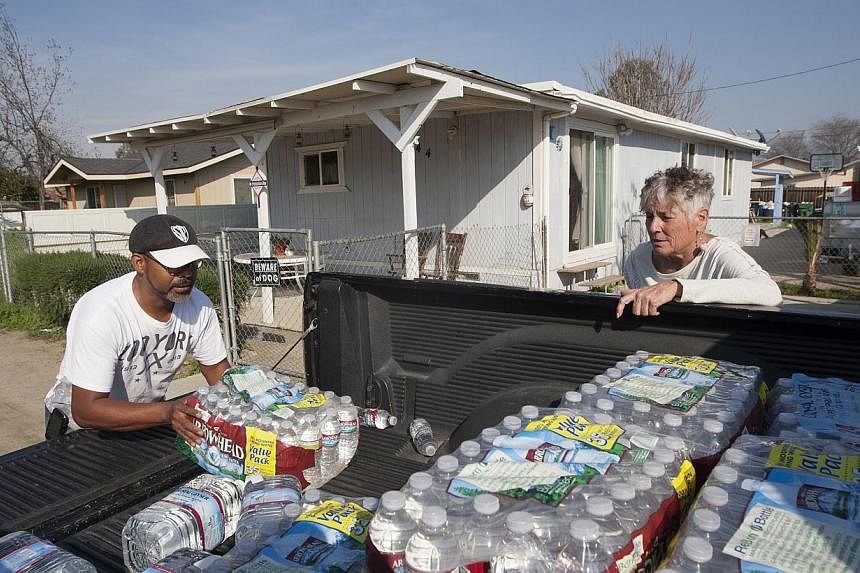SAN JOSÉ, United States (AFP) - Long-lasting mega-droughts could occur with increasing frequency in the western United States later this century if no action is taken to rein in climate change by curbing fossil fuel use, researchers said on Thursday.
A mega-drought is defined as any drought as bad as the worst already seen in the 20th century, but lasting much longer, for 35 years or more.
The study is the first to predict that the coming intense dry spells could exceed the decades-long mega-droughts that occurred centuries ago and are blamed for the demise of certain civilizations in the late 13th century.
"I was honestly surprised at just how dry the future is likely to be," said co-author Toby Ault, an assistant professor in the Department of Earth and Atmospheric Sciences at Cornell University. "I look at these future mega-droughts like a slow moving natural disaster. We have to put mega-droughts into the same category as other natural disasters that can be dealt with through risk management."
The risks and dangers are worse today because of the larger population and greater dependence on water resources, scientists warned.
"We are the first to do this kind of quantitative comparison between the projections and the distant past, and the story is a bit bleak," said Mr Jason Smerdon, a co-author and climate scientist at the Lamont-Doherty Earth Observatory, part of the Earth Institute at Columbia University.
"Even when selecting for the worst mega-drought-dominated period, the 21st century projections make the mega-droughts seem like quaint walks through the Garden of Eden."
Researchers applied 17 different climate models to analyse the future impact of rising temperatures on regions from Mexico to the United States and Canada.
They also projected a continued rise in emissions of the greenhouse gases that contribute to global warming, and looked at a scenario in which actions were taken to cut back on greenhouse gases resulting in lower emissions. Both approaches raised concern for the future.
"The results... are extremely unfavorable for the continuation of agricultural and water resource management as they are currently practiced in the Great Plains and southwestern United States," said Dr David Stahle, professor in the Department of Geosciences at the University of Arkansas, who was not involved in the study.
Currently, the western United States has been experiencing a drought for about 11 of the past 14 years.
The dry area spans California, Nevada, New Mexico, Arizona, Texas and Oklahoma and other parts of the region, directly affects more than 64 million people.
"Natural droughts like the 1930s Dust Bowl and the current drought in the Southwest have historically lasted maybe a decade or a little less," said Mr Benjamin Cook of the Nasa Goddard Institute for Space Studies and the Lamont-Doherty Earth Observatory.
"What these results are saying is we're going to get a drought similar to those events, but it is probably going to last at least 30 to 35 years."
The research was presented at the American Association for the Advancement of Science (AAAS) annual meeting, and published in a new AAAS online journal called Science Advances.

